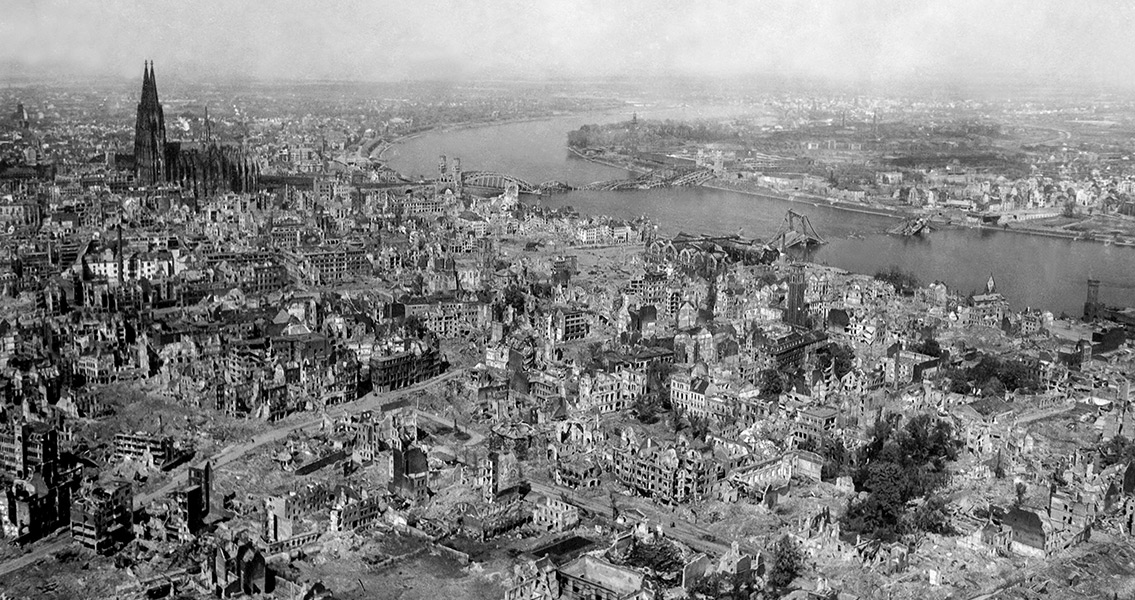<![CDATA[The Second World War was the most destructive conflict in human history. It was the most widespread war, directly involving more than 100 million people from over 30 different countries. In all, over 60 million people lost their lives. The impact from this ferocious conflict has, in various ways, shaped our modern world. In recent times, scholarship has moved away from simply looking at the human cost of the Second World War. Interestingly, a new dimension of the legacy of war has emerged: the environmental impact of conflict. Martin Gutmann, from the Albert-Ludwigs-Universität Freiburg, has been looking at the socio-environmental changes which occurred during and after the Second World War. How people and groups understood and used, controlled and manipulated their environmental surroundings is a fascinating area of study, only just starting to be understood. Historically, the environment constrained warfare. Seasonal changes restricted the location, timing, intensity and duration of combat, Gutmann notes.Soldiers were vulnerable to extreme cold or heat and the ability to keep an army supplied far from home meant war was conducted in a very inhibited manner. "In contrast, soldiers of the Second World War were more removed from environmental dangers, be it disease or cold, than in any previous conflict", Gutmann writes in his study, published in History Compass. Technological and medical advances meant that armies in the Second World War could be much larger than before and fight prolonged campaigns in harsh environments. This ability, Gutmann argues, was directly contingent on an army's ability to manipulate distant, alien environments. Warfare had become global in its environmental footprint. One of the major arguments of Gutmann's work is a need for a broad approach to environmental history. Many localised studies have sprung up in recent years seeking to encompass all environmental changes wrought by the Second World War in a given country, region, or industry. "Despite their extensive contributions," Gutmann wrote, "such localized studies can have limitations... A localized focus is ill situated to capture the global processes that have emerged as so vital to the prosecution and character of the war.... in focusing on one region, it is easy to become trapped within the historiographical trajectories and themes that predominate the area’s literature." More traditional environment histories take a long-term, gradualist approach to changes in the surroundings. By focusing on the gradual changes in agricultural practices, mining and land use, studies in environmental history miss the sudden and rapid transformations that occur during wars. Gutmann believes that only by being truly global in scale and by considering rapid change can we properly understand the environmental impact of the Second World War". In order to capture the true significance of the Second World War, then, studies need to work with a non-traditional periodization that examines short-term decisions and changes in combination with long-term developments", Gutmann argues in the article. Gutmann is positive about future scholarly investigations of the environmental impact of the Second World War. In particular, Gutmann hopes that further studies will explicitly investigate links between the war and the post-war world. He hopes that these avenues of exploration will allow a greater understanding of the cultural and environmental legacy of the war: how perceptions of the environment were changed by total war. For more information: www.onlinelibrary.wiley.com Image courtesy of Wikimedia Commons user: Martin Kraft ]]>
Environmental History of Second World War Explored
